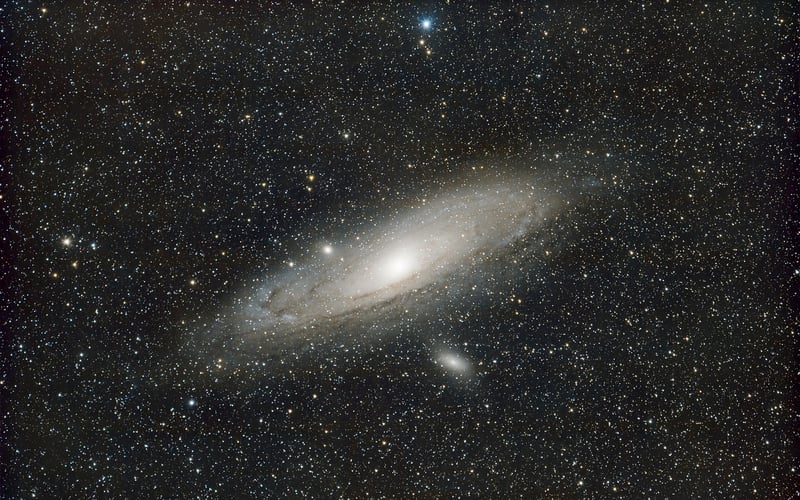Gravitational Waves
Celestial Wonders and Gravitational Waves

Exploring the depths of the universe unveils a tapestry of celestial wonders beyond imagination. From twinkling stars to massive black holes, the cosmos is a playground of awe-inspiring phenomena. In recent years, one such phenomenon has captured the attention of scientists and enthusiasts alike - gravitational waves.
What are Gravitational Waves?
Gravitational waves are ripples in the fabric of spacetime caused by some of the most violent and energetic processes in the universe. These waves were first predicted by Albert Einstein in his general theory of relativity in 1916 and were detected for the first time in 2015 by the Laser Interferometer Gravitational-Wave Observatory (LIGO).
How are Gravitational Waves Detected?
LIGO, along with other observatories like Virgo, uses extremely sensitive detectors to measure the tiny ripples in spacetime caused by massive cosmic events such as colliding black holes or neutron stars. By analyzing the data from these detectors, scientists can learn more about the nature of the universe and the events that shape it.
Implications of Gravitational Wave Research
Studying gravitational waves opens up a new window to observe the universe, allowing us to explore phenomena that were previously hidden from traditional telescopes. These waves provide insights into the most extreme events in the cosmos and help us better understand the fundamental forces of nature.
Future of Gravitational Wave Astronomy
As technology advances and more sensitive detectors come online, the field of gravitational wave astronomy is poised for exciting discoveries. From unraveling the mysteries of black holes to studying the early moments of the universe, gravitational wave research promises a future filled with groundbreaking revelations.
Join us on this cosmic journey as we delve into the mysteries of the universe, one gravitational wave at a time.

